Waiting in an emergency room can be hard. Digital signs are changing this for the better. This blog will show how they make hospital visits less stressful and more informed. Keep reading to learn more!
Key Takeaways
- Digital signs in emergency rooms share wait times and care info. This helps patients feel less stressed.
- Clear maps on screens guide people inside hospitals, making visits easier.
- Real-time updates and alerts keep patients informed during their wait.
- Personal messages on digital signs can improve patient care in the ER.
- Digital signage saves money by reducing print costs and waste.
Table of Contents
ToggleUtilizing Digital Signage to Enhance Patient Experience in Emergency Rooms
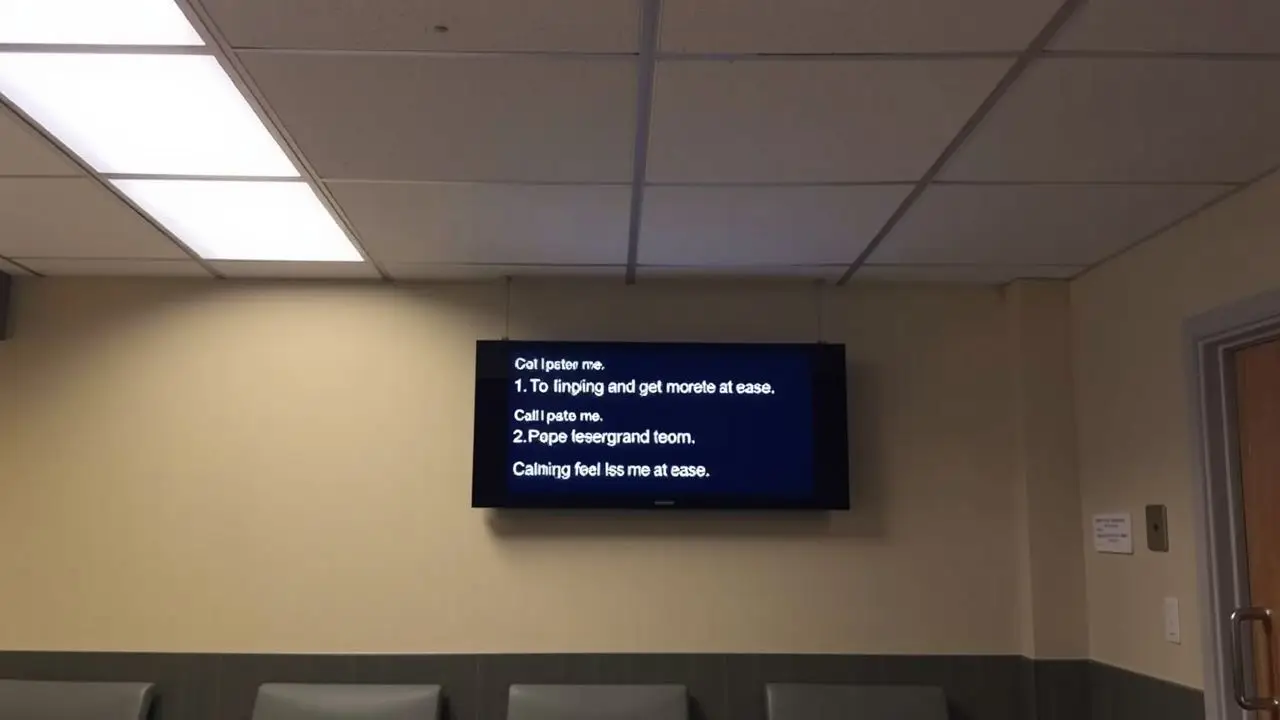
Digital signage improves the patient experience in emergency rooms. It provides clear information and helps ease stress while people wait for care.
How digital signage positively impacts patient experience
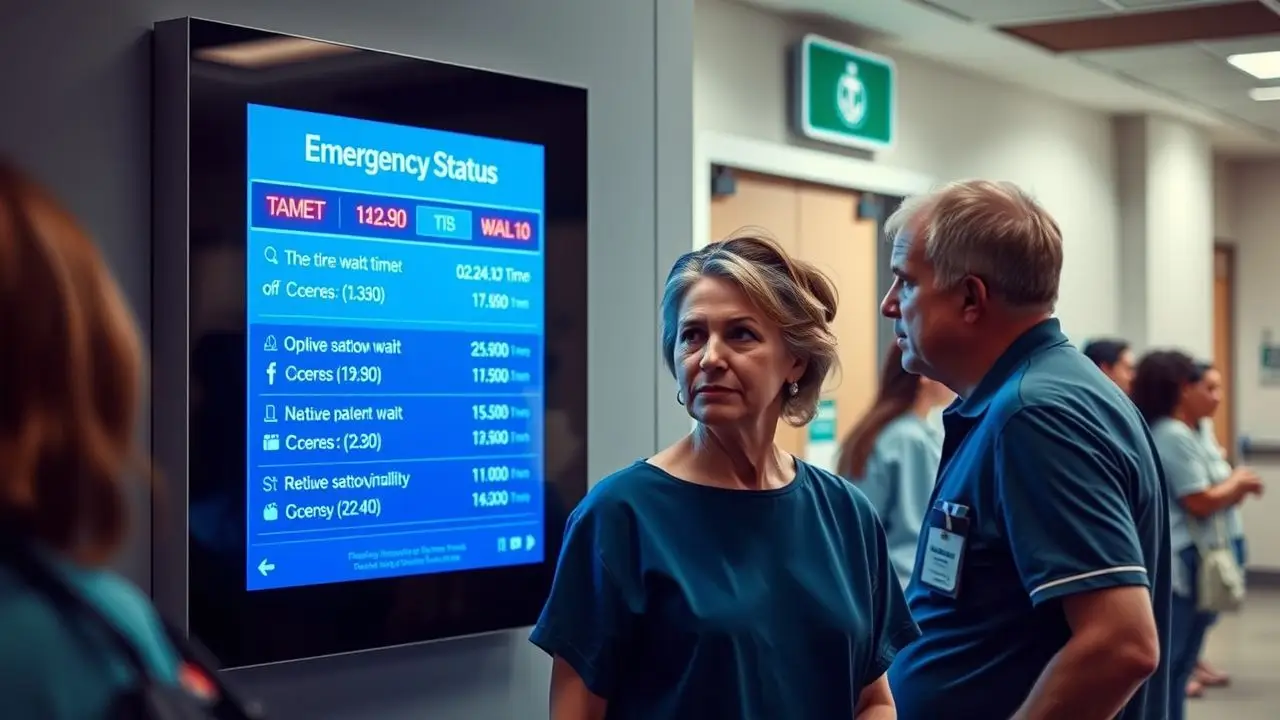
Digital signage improves patient experience in emergency rooms. It provides clear information and helps patients feel informed. Signs can display wait times, which reduces uncertainty and stress.
Patients know what to expect while they wait for care. Real-time updates on their status keep them engaged and calm.
Effective communication is key in healthcare settings. Digital displays help staff share important messages quickly. They can show instructions, news, or alerts that inform everyone in the hospital.
This helps both patients and clinicians stay connected during emergencies. Better communication leads to better patient care overall.
Reducing stress and anxiety in the waiting area
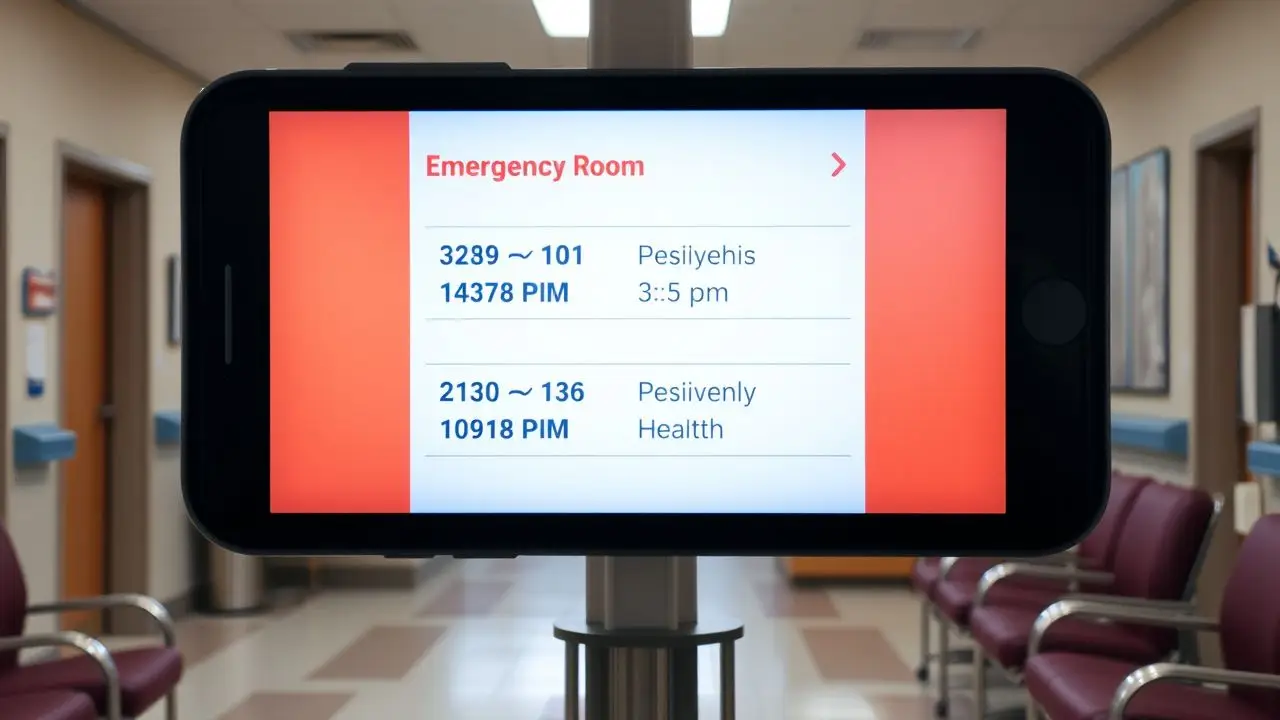
Emergency rooms can be stressful places. Patients often wait for long times. Digital signage can help reduce this stress. It provides clear information on what to expect. This keeps patients informed and calm.
Visual displays show updates about wait times. They let people know how long they may need to wait for care. Positive messages and health tips also appear on screens. These help ease anxiety while patients sit in the waiting area.
By using digital media, hospitals make the experience less scary and more manageable for everyone involved in emergency services.
Streamlining hospital navigation
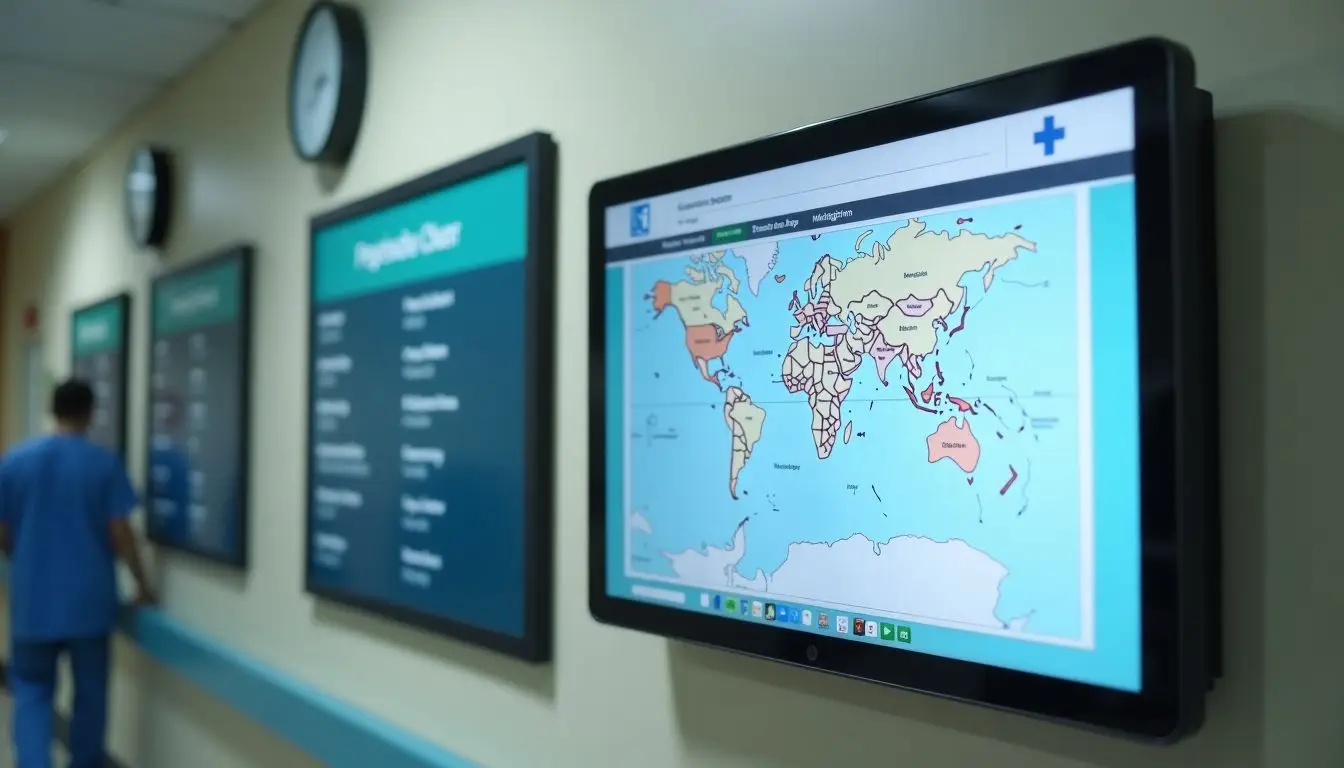
Digital signage helps patients find their way around hospitals. Clear signs guide people to different departments, like emergency rooms and outpatient centers. This makes it easier for patients to locate services quickly, reducing confusion.
Many hospitals use maps on screens. These maps show the best routes to take inside the building. Real-time updates keep everyone informed about any changes or delays. Staff can also communicate information clearly through patient information boards, which improves overall communication in healthcare settings.
First-hand experience shows that digital displays make hospital visits less stressful for patients and their families.
Delivering real-time updates
Real-time updates keep patients informed. In emergency rooms, this is very important. Digital displays show current wait times and give updates on patient status. This helps reduce stress and anxiety in the waiting area.
Hospitals can also use these signs for alerts during emergencies. Updated information allows families to stay connected with their loved ones’ care. First-hand experience shows that clear communication improves patient satisfaction significantly.
Emergency room digital signage plays a key role in healthcare technology by making vital information easy to access at all times.
Innovative Ways to Use Digital Signage in Emergency Departments

Innovative digital signage can guide patients and visitors in emergency departments effectively. It helps with communication among staff and keeps everyone informed. Clear signs can lead people where they need to go quickly.
This improves care for patients. Want to learn more about the benefits of digital signage?
Improving communication within the hospital
Digital signage can greatly improve communication within hospitals. It allows staff to share important information quickly. Signs can show updates about wait times and emergency procedures.
This helps keep everyone informed.
For example, real-time updates in hospitals let patients know what to expect. They reduce confusion and stress in the waiting area. Digital displays also assist with clinician communication enhancement by showing alerts or messages for medical teams.
Effective communication leads to better patient care and smoother operations in emergency rooms.
Enhancing wayfinding solutions
Wayfinding solutions help patients find their way in emergency rooms. Clear signs and digital displays guide them to important areas. Patients can view maps and directions on screens as they wait.
This helps reduce confusion and stress during a tough time.
Effective signage also improves communication within the hospital. Signs can show where to go for different services like triage or imaging. Digital displays offer real-time updates about wait times, which keeps everyone informed.
Better navigation leads to faster care and a better overall patient experience in emergency rooms.
Personalizing patient care
Digital signage can make patient care more personal in emergency rooms. Hospitals can show messages that relate directly to each patient. This helps them feel valued and understood during stressful times.
Information about their care, wait times, and treatment options can be displayed on screens.
Using hospital digital displays allows staff to share important updates quickly. Patients receive real-time updates about their status or next steps in care. This clear communication reduces confusion and makes patients feel more at ease.
Personalizing information helps improve patient experience in emergency departments significantly.
The Role of Digital Signage in Improving Hospital Operations and Safety
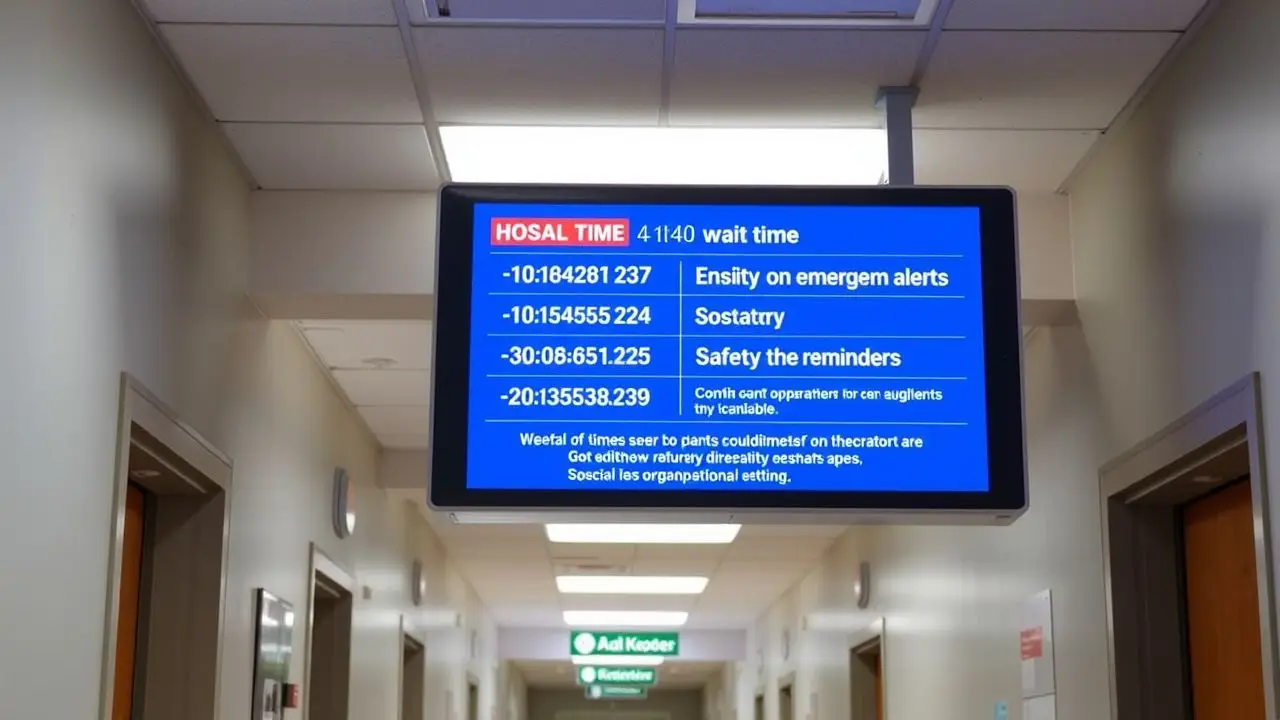
Digital signage helps hospitals run smoother and safer. It speeds up wait times and keeps everyone informed during emergencies.
Reducing wait times and increasing efficiency
Emergency rooms often face high patient numbers. Long wait times can add stress to patients and families. Digital signage helps reduce these wait times. It displays real-time updates about patient status.
This keeps everyone informed.
Digital signs also improve hospital operations. They guide patients through the facility with clear maps and directions. Staff can communicate important alerts quickly, ensuring safety in emergency situations.
Using digital tools leads to better efficiency in ERs and enhances overall patient care.
Emergency communication and alerts
Digital signage plays a big role in hospital emergency communication. It quickly shares alerts and updates with patients and staff. Important messages about wait times or changes in care can appear on the screens right away.
This helps everyone stay informed.
Clear signs guide people through busy emergency rooms. They show where to go for help or what to expect next. Quick access to real-time updates keeps stress low for patients and their families during tough times.
Digital signage improves patient information flow, making hospitals run more smoothly overall.
Integrating AI and automations
AI and automation can greatly improve emergency room operations. These tools help hospitals manage patient flow better. They can track wait times and send alerts for delays. Staff receive real-time updates through digital signage, which keeps everyone informed.
Using AI in healthcare also enhances communication with patients. For instance, automated systems can provide timely information on wait times or direct patients to the right area.
First-hand experience shows that smoother navigation lowers stress levels in the waiting area. This improves overall patient satisfaction and safety in emergency rooms.
Sustainability and Cost-Effectiveness with Digital Signage in Healthcare
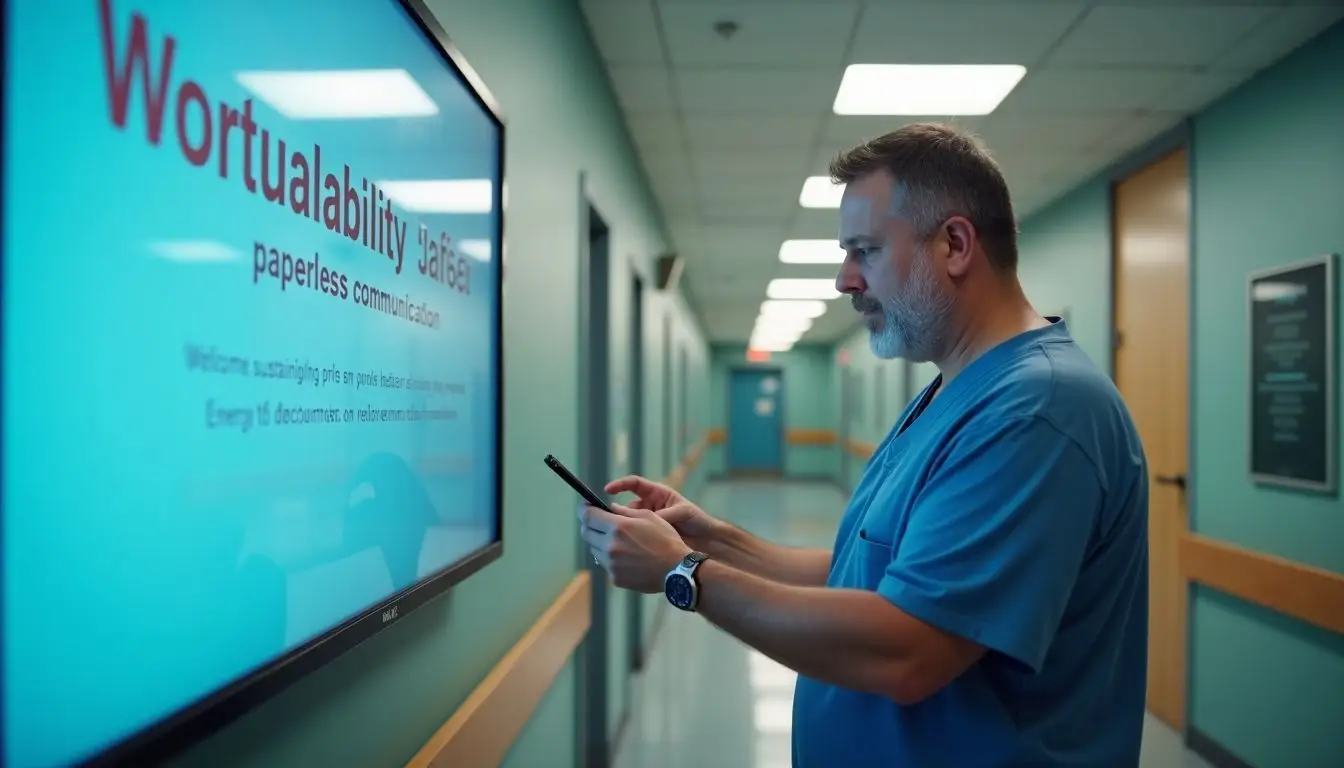
Digital signage can save money for healthcare facilities. It allows for easy updates, reducing print costs and waste over time.
Tailored content management
Content management shapes the messages displayed on digital signs. Hospitals can share information that fits their needs and patient backgrounds. Emergency rooms benefit from sharing real-time updates in hospitals.
This may include wait times or care instructions.
Custom messages help patients feel in control during stressful moments. They receive clear details about what to expect next. Personalizing content makes it easier for families and visitors to understand hospital processes, improving patient navigation.
Effective communication is key in emergency situations, and digital signage plays a vital role in enhancing this experience.
Successful implementation case studies
Successful digital signage helps improve patient care. Many hospitals have seen great results.
- A hospital in New York added digital signs in the waiting area. Patients reported less stress while waiting for care. They received real-time updates about their wait times, which made them feel better.
- An emergency room in California used digital displays to show directions. This helped patients find their way quickly. It reduced confusion and saved time.
- A facility in Texas implemented a digital board for alerts and updates. Staff could communicate important messages faster. This improved response times during emergencies.
- One outpatient center in Florida created custom content for different patients. Signs welcomed patients by name and shared information on their specific needs. This personalized approach increased satisfaction.
- A Chicago hospital integrated AI into its digital signage system. The system adjusted messages based on patient flow and current wait times, making operations more efficient.
- In Ohio, a health system used videos to explain procedures in the emergency room. Patients found these visuals helpful, leading to better understanding and comfort levels before treatment started.
- Another successful case came from a Seattle clinic that displayed community health tips on screens at the entrance. This encouraged healthy habits among visitors while providing useful info during wait times.
- A Denver ER adopted mobile integration with its signage system to send real-time updates directly to patients’ phones through an app, boosting communication.
- A Pennsylvania hospital studied the effects of digital signage on wait time perceptions and found that things improved after implementing interactive kiosks where people could check-in or find information easily.
- Finally, a Maryland emergency department used bright colors and engaging designs in its signage to draw attention effectively, ensuring patients noticed vital safety information right away.
Final Thoughts: The Importance of Digital Signage in Enhancing Patient Experience and Communication in Emergency Rooms

Digital signage makes a big difference in emergency rooms. It helps patients feel calm during tough times. Signs can give real-time updates and help people find their way. Good communication boosts safety and smooths hospital tasks.
Using digital signs shows how much we care about patient experience. This simple change can make a huge impact on healthcare.
FAQs
1. What is the role of digital signage in emergency rooms?
Digital signage plays a crucial part in enhancing patient information in emergency rooms. It helps manage wait times and provides real-time updates to patients.
2. How does digitalization improve patient navigation in hospitals?
By using digital signs, hospitals can provide clear directions and vital information to patients. This aids in improved patient navigation within outpatient centers and other areas.
3. Can healthcare facilities use digital signage for crisis communication?
Yes, healthcare facilities utilize digital signage as an effective tool for crisis communication. In emergencies, they can quickly share important messages with staff and patients.
4. How does the patient room digitalization contribute to healthcare communication?
Patient room digitalization allows for immediate access to critical health data, improving overall healthcare communication between medical professionals and their patients.





